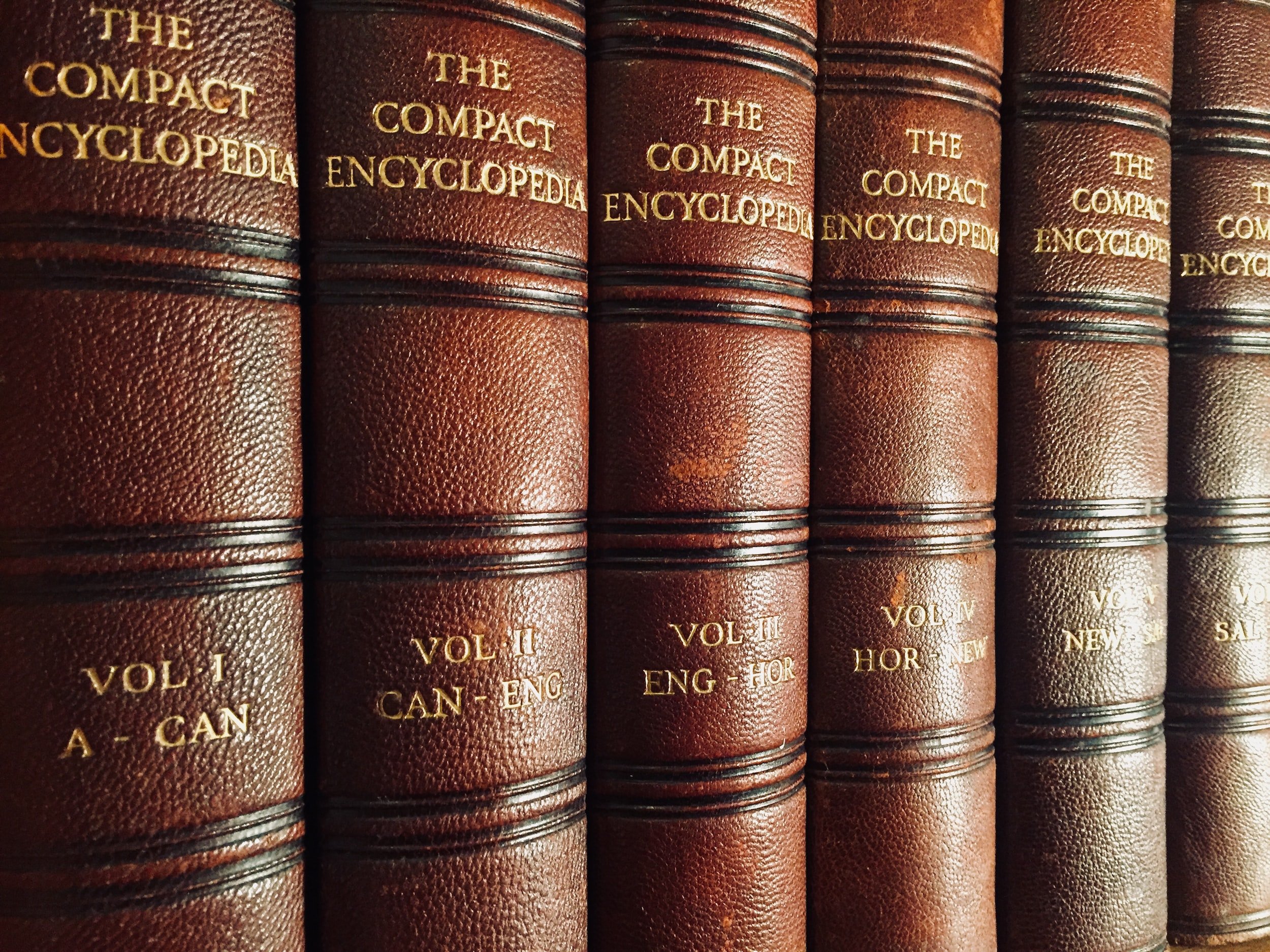
Philosophical notes…
On Bruegel's Multiplicity
“Antwerp was now the most cosmopolitan city in Europe. This plunge into the overwhelming world of sophisticated reality had a profound psychological effect on the young Bruegel. Moored up along the quayside he would have seen lateen-sail barques from Portugal, three-masters which had voyaged from ports as far afield as Zanzibar and Stavanger, their cargoes loaded onto barges from Delft or Mosel, barrels being rolled across the cobbles by sailors in ragged and exotic garb, marking them out as Finnish, Scottish, or Moorish. Lined up for sale would have been opened crates of currants from Cyprus, tulip bulbs from Constantinople, reeking salted hides from the eastern Baltic, barrels of sweet wine from Sicily... Yet all this went deeper than mere impressions and appearances. How could he absorb and express the sheer variety of teeming life he found milling around him amongst the vast cobbled space of the Grote Markt, overlooked by windowed cliffs of many-storied houses, with the great unfinished Gothic tower of the Cathedral of Our Lady reaching into the sky above the rooftops? How could he render such scenes without being overwhelmed by the sheer teeming multiplicity and variety of it all?”
Paul Strathern, “The Sheer Teeming Multiplicity and Variety of It All: The Life and Work of Pieter Bruegel the Elder,” https://www.laphamsquarterly.org/roundtable/sheer-teeming-multiplicity-and-variety-it-all. Bruegel’s 1563 The Tower of Babel would be part of his answer.
On Digital Provenance
“Today, most people take it for granted that the Web, and indeed the Internet it is built on, is, by its nature, anti-contextual and devoid of provenance. We assume that decontextualization is intrinsic to the very idea of a digital network. That was never so, however; the initial proposals for digital-network architecture, put forward by the monumental scientist Vannevar Bush in 1945 and the computer scientist Ted Nelson in 1960, preserved provenance. Now A.I. is revealing the true costs of ignoring this approach. Without provenance, we have no way of controlling our A.I.s, or of making them economically fair. And this risks pushing our society to the brink.”
Jaron Lanier, “There Is No A.I.” - https://www.newyorker.com/science/annals-of-artificial-intelligence/there-is-no-ai. As Lanier notes, if A.I. had inbuilt provenance then it could more easily achieve the “foundation agreement” amongst his tech colleagues “that deepfakes—false but real-seeming images, videos, and so on—should be labelled as such by the programs that create them. Communications coming from artificial people, and automated interactions that are designed to manipulate the thinking or actions of a human being, should be labelled as well. We also agree that these labels should come with actions that can be taken. People should be able to understand what they’re seeing, and should have reasonable choices in return.”
On Narrow AI
“And when we say narrow AI, the AI that’s optimizing, that’s really all it is. It is a machine. It is a tool. Even if it is driving us around in an autonomous vehicle, it is not intelligently thinking, and it is not at all able to reason with common sense. Even artificial intelligence is somewhat of a misnomer. When we think of intelligence, there are many types of things that aggregate to cause us to think someone is intelligent. If someone does only one thing extremely well, do we call that personal intelligent? If they can’t explain why they did what they did, other than knowing the most probable stock to buy today is this stock, or that we should not loan this person money because the default likelihood is 23 percent. Is that really intelligent? I don’t think so.”
Kai-Fu Lee, “We Are Here to Create,” https://www.edge.org/conversation/kai_fu_lee-we-are-here-to-create. Interesting conversation with a pioneer of artificial technology from March 26 2018. An engineer with a deep understanding of how AI works, Lee highlights the narrowness of AI and its key differences from human cognition, thinking and consciousness. His conclusion is also worth noting: “I don’t have the solutions, but if we want to come back to the question of why we exist, we at this point can say we certainly don’t exist to do routine work. We perhaps exist to create. We perhaps exist to love. And if we want to create, let’s create new types of jobs that people can be employed in. Let’s create new ways in which countries can work together. If we think we exist to love, let’s first think how we can love the people who will be disadvantaged.”
On Daily Rituals
“Daily Rituals is one of those books where you wish you had the idea. He looks at thinkers, artists, writers, philosophers, scientists and asks how they work... Of course, everybody’s different and there is lots of variety, but after a while, you do discern certain patterns. There are outliers, but the majority of these people work between three to five hours a day. And they have built into their days times where they are doing something that’s nothing to do with their work. That might be having lunches with their friends, it might be going for long walks. That makes perfect sense to me. If you’re going to do anything that involves your mind and thinking well, there’s only a limited amount of space you can give to that. In order to think well, you need to then make sure the times when you’re not doing it are giving you the opportunity to let things stew, to work away in your unconscious, in the background of your mind, or give you the rest and relaxation so when you come back, you’re rejuvenated.”
Julien Baggini, “Five Books on How to Think,” - https://fivebooks.com/best-books/how-to-think-julian-baggini/.
On Comparing Religious Ideas
“However, religious ideas are not self-contained. Christian ideas were strongly influenced by ancient Greek thought; Taoism, Buddhism, and Confucianism have interacted continually throughout history; and Indian religions have been influenced by many philosophical perspectives, which have themselves interacted in various ways. Religious ideas are in continual interaction, and continually changing, even, ironically, when they sometimes claim to be changeless. Changes of language and of interpretation become evident to any alert historian of ideas, so that even to understand one tradition fully requires a knowledge of the social and cultural influences which forced new problems and new solutions on that tradition.”
Keith Ward, “On ‘Comparative Theology,’” - https://philosophyofreligion.org/?p=525740. This is an excerpt from an interesting blog on the future of philosophy of religion, which just posted a series on comparative work. I’ve cited Ward’s approach in the past as part of the outline of a model for comparative political theology in deliberative democratic societies. It recognizes that religious ideas often interact in ways that require great comparative care and sometimes result in irresolvable differences. As Eric Steinhart on this same website also argues, “comparison reveals difference rather than unity.” Also worth noting in this context is Timothy Knapper’s post on the Global Critical Philosophy of Religion project, which now hosts a unit in the American Academy of Religion annual conference program. I’d just add that my own approach locates the comparative task in the deliberative democratic context of building up citizen capacities to encounter differences and respond to religious strife. I’m writing a textbook this year on Understanding Religion through the Eyes of Others (Routledge, 2024) that develops this approach to studying diverse religious thinkers with these comparative concerns in view.
On Reading the Enlightenment
“Darnton approached the history of the book through the publishing trade. Kates, by contrast, is a Trinitarian not a Unitarian. His history depends on giving almost equal weight to authors, publishers and readers. His books are written, printed and read: each element has to be given proper recognition... The result of Kates’s trinitarian approach is that his book is not a history of ideas, nor book history, nor cultural history, nor a study in reception. It is, in parts, all of these, but much more than the sum of its parts. After all, authors and publishers are also readers; and readers, as they write letters and compile commonplace books, are also authors, not to mention the source of publishers’ profits. Only a Trinitarian approach can grasp the complexity of the book as written, printed and read. I hope no future historian of ideas will write about a book printed before the Industrial Revolution without asking how many copies were printed, how much they cost and who actually owned them.”
David Wootton, https://thecritic.co.uk/issues/february-2023/the-enlightenment-as-reading-project/. Interesting review of Gary Kates’ recent The Books that Made the European Enlightenment. It highlights the need for ongoing innovation in studies of complex interactions between readers, writers and publishers, one that can be quite difficult given some of the information isn’t easily available. Nonetheless, it is also worth noting that Darnton’s “communication circuit” and later Thomas Adams and Nicholas Barker’s “socio-economic conjuncture” both recognized the need for apprehending these complex interactions. As I wrote recently, “Darnton placed the book’s production in the exterior circle surrounding intellectual influences, political and legal sanctions, and publicity that overlaps with the economic and social conjunction. By contrast, Adams and Barker invert that relation. Their model’s center is the publication, manufacture, distribution, reception, and survival of the artifacts themselves. The former model maps the book-culture relation as a centrifugal interaction where written artifacts radiate out from the culture. The latter provides a centripetal relation whereby the artifacts themselves are impacted by the culture.” Printing Religion after the Enlightenment, p. 136. It is worth noting that what goes assumed in much cultural history is the model of the human mind itself, which relies on enlightenment epistemologies increasingly questioned by recent cognitive science. Hence, there is a need for new history of the book engaged with situated cognition.
On Slow Productivity
“Slow productivity is all about identifying alternatives. I’m trying to develop this notion of productivity that’s based on, at the large time scales, the production of things you’re proud of and that have high impact, but on the small time scale, there’s periods where you’re doing very little. Right now, I open the book with a story of John McPhee, working on one of his first really complex New Yorker pieces. He spent two weeks lying on a picnic table in his backyard trying to figure out, How am I going to make this piece work? On the small scale, you’re like, you spent all day lying on a table, you’re incredibly unproductive. But zoom out to John McPhee’s career, and you’re like, you’re one of the most productive and impactful writers of all time. So how do you actually work with your mind and create things of value? What I’ve identified is three principles: doing fewer things, working at a natural pace, but obsessing over quality. That trio of properties better hits the sweet spot of how we’re actually wired and produces valuable meaningful work, but it’s sustainable.”
David Marchese “The Digital Workplace is Designed to Bring You Down,” nytimes.com/interactive/2023/01/23/magazine/cal-newport-interview.html. Interesting interview on the need to rethink how we work towards producing things of value in digital workplaces of which universities are increasingly akin. The three principles identified are apropos in my view. Doing fewer things and obsessing over quality are key, but there is a lot that goes into establishing daily practices that support a longstanding natural pace of work. It made me think of bird migration, a mammoth global scale task for some species. Yet when watching them in their element, they seem free and in concert with each other as they move through space and time. Imagine writing the next book with that coincidence of liberty and distraction free purpose. While our current digital predicament carries its own difficulties, it’s also worth noting that the “demon of distraction,” has longstanding historical antecedents as noted in the recent review article of The Wandering Mind: What Medieval Monks Tell Us About Distraction here: .wsj.com/articles/the-wandering-mind-book-review-medieval-history-the-demon-of-distraction-11674232751.
On 17th Century Information Overload
“The word ‘information’ predates Gutenberg (it was invented in the 14th century). But once printing took off and books proliferated, new kinds of books had to be invented to track, organize and summarize the relentless flood of data they generated: encyclopedias, bibliographies, dictionaries, multilingual bibles, summaries, herbals. Oxford’s Bodleian Library was founded in 1598, opened to scholars in 1602 and by 1605 produced the world’s first printed library catalog. Book-review journals began to appeal in the late 17th century, a sign that readers could no longer hope to keep up with the deluge of print. But these reference works were not entirely new or Western: Ann Blair, a Harvard historian of information, finds plenty of examples before Gutenberg and beyond Europe.”
Jonathan Rose, “The Oxford Illustrated History of the Book’ Review: Our Back Pages” - https://www.wsj.com/articles/the-oxford-illustrated-history-of-the-book-review-our-back-pages-11671809077.
On Complexity
“Yet in making questions of human desire strictly identical to numbers, Bhattacharya, like von Neumann, has forgotten a basic truth about the relationship of logic to the complexity of life... Every mathematical rendering of objects that are not purely mathematical is a simplification, an ‘as if,’ and that ‘as if’ should always come with a caution. When you produce or encounter such a logical simplification, do not forget to ask: How ‘sufficiently like’ is the similitude to the object of study? And how do I decide whether the difference is for good or ill? A great deal hinges on the answers to those questions, not least when the simplification on offer is of the human psyche... We need institutions capable of generating such engagements between the different ways of discovering the human, and we need disciplines open to such interactions.”
David Nirenberg, “The World John von Neumann Built” - https://www.thenation.com/article/society/john-von-neumann/.
On Imaginative Research
“Neurolinguists sometimes grumble that we know oh-so-little about language in the brain, and that there is still much to figure out. True, but what has been achieved is remarkable, especially in recent times... Still, there is a risk we take it too far, that we fail to see the difference between genuine aspects of the language calculus in the brain and what we can just model mathematically or simulate easily and elegantly ‘in silico.’ No climate scientist would think a heat wave is a computational process just because they can simulate it in a computer. For those who study the mind and brain, making such distinctions is much harder. Where does the language calculus begin and end? Is it just about syntax, or do we also compute sound and meaning? And what about the rich experiential dimension of language? It is perhaps ironic, but ultimately a blessing, that no calculus, no algorithm, will give us these answers — only clear thinking, open criticism, and tireless, imaginative research.”
Giosuè Baggio, “Finding Language in the Brain” - https://thereader.mitpress.mit.edu/finding-language-in-the-brain/









